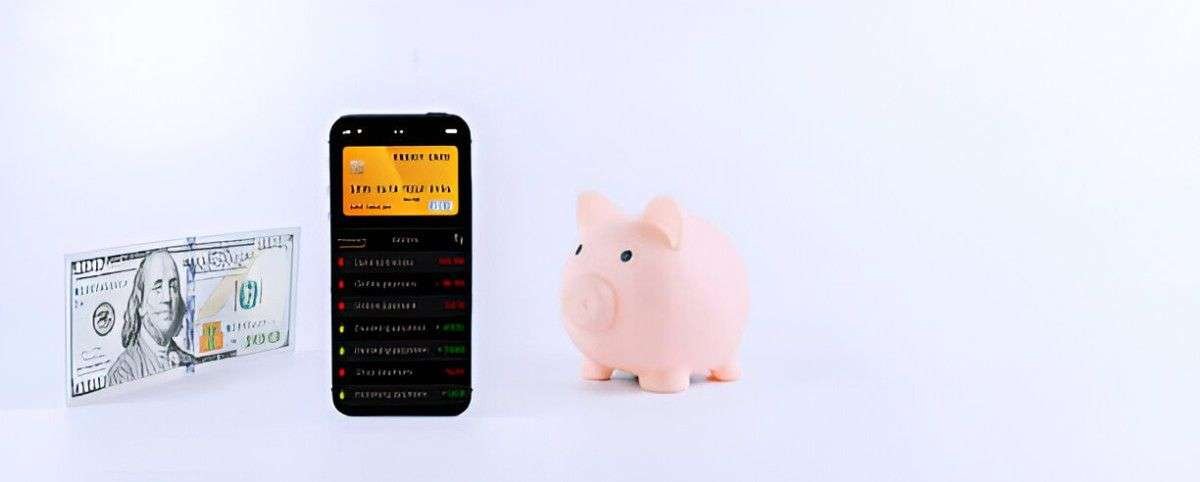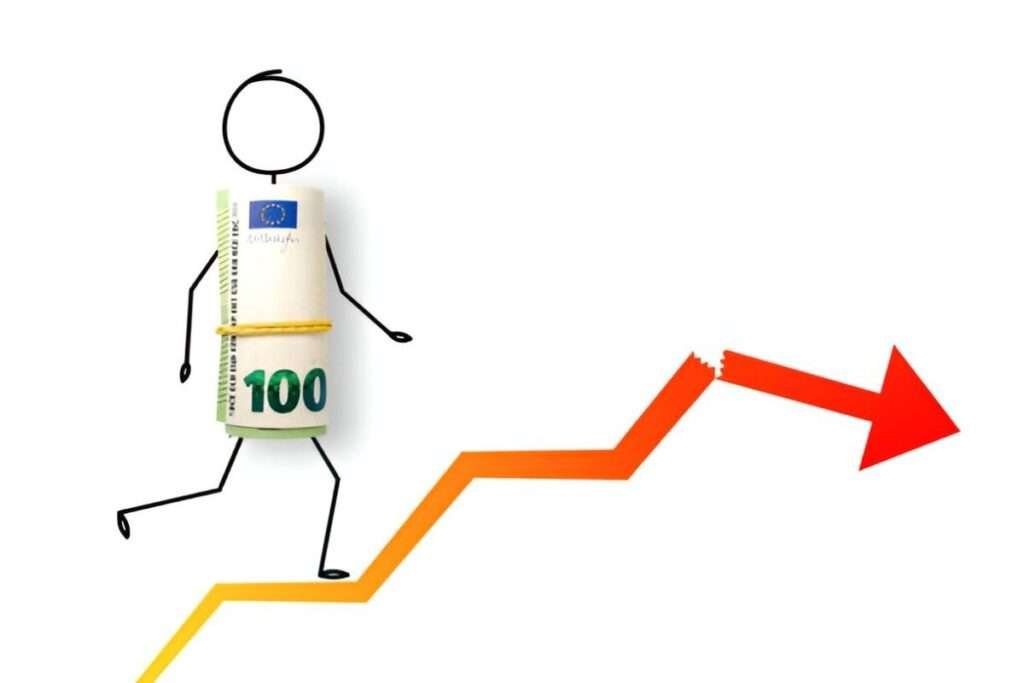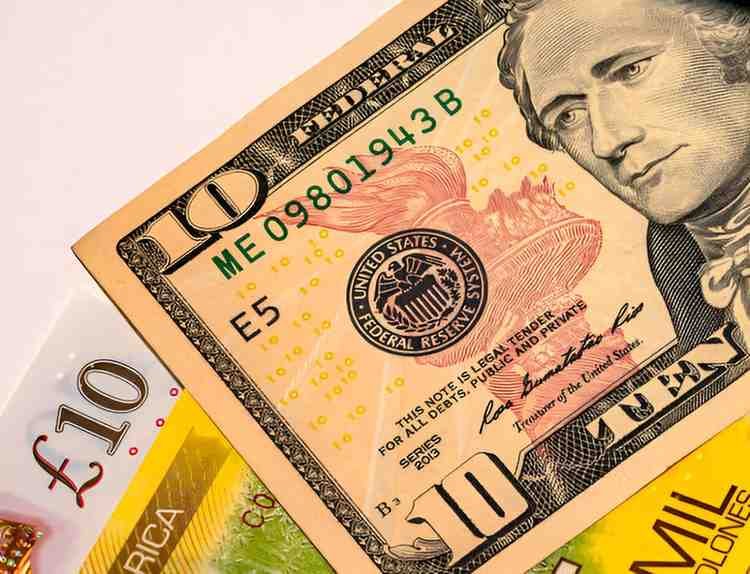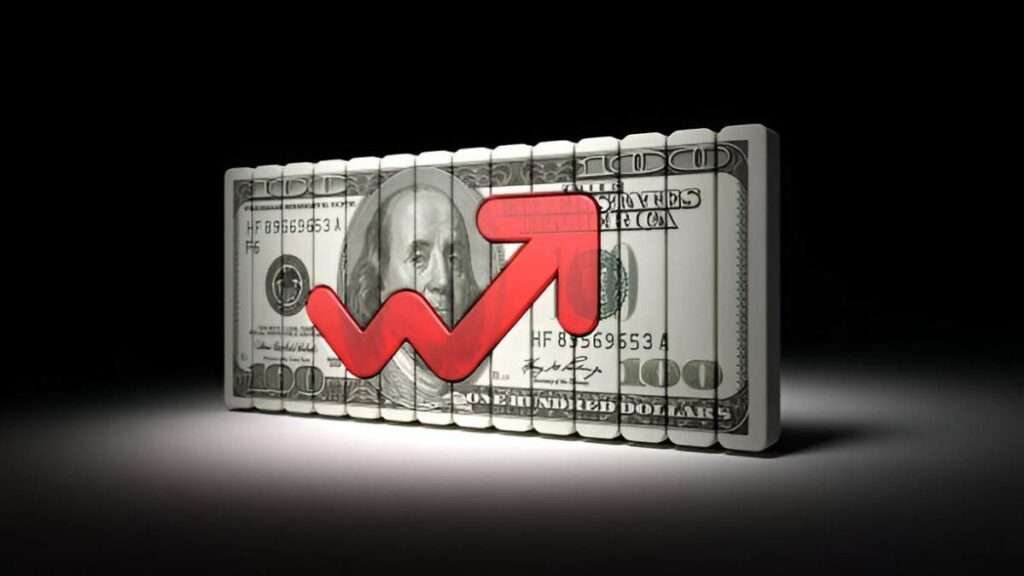Introduction
Forex trading attracts traders with its potential for profit. Many brokers offer a $100 no deposit bonus to bring in new traders. This bonus allows a trader to enter the market without investing personal funds. While this offer sounds beneficial, it has complexities that traders should understand. In this article, I analyze the pros, cons, terms, and strategies of the $100 no deposit bonus in forex trading. I also compare brokers, explain mathematical expectations, and discuss risk management.
Table of Contents
What is a $100 No Deposit Bonus in Forex?
A $100 no deposit bonus is a promotional offer from forex brokers. It provides traders with free capital to trade without depositing their own money. Brokers use this as a marketing tool to attract clients. While traders can use the bonus to trade real markets, they often must meet withdrawal conditions before accessing profits. Understanding these conditions helps traders avoid unrealistic expectations.
How Brokers Benefit from No Deposit Bonuses
Brokers use these bonuses for several reasons:
- Client Acquisition – The bonus attracts new traders who might later deposit their own funds.
- Volume Increase – More traders mean increased trading volume, leading to higher spreads or commissions.
- Brand Awareness – A competitive market requires unique offers to differentiate brokers.
- Data Collection – Brokers gather personal and trading data to market additional services.
Comparison of $100 No Deposit Bonus Offers
Different brokers impose different conditions. Below is a comparison of common terms:
| Broker | Bonus Amount | Withdrawal Conditions | Trading Restrictions |
|---|---|---|---|
| Broker A | $100 | 5 standard lots traded | No scalping |
| Broker B | $100 | $50 profit can be withdrawn | Maximum leverage 1:50 |
| Broker C | $100 | 30-day trading limit | No hedging |
How to Use a $100 No Deposit Bonus Wisely
Risk Management
Proper risk management improves a trader’s chances of success. Without a deposit, the psychological pressure differs, but avoiding reckless trading remains crucial.
- Position Sizing: Never risk more than 2% of the bonus on a single trade.
- Leverage Control: High leverage can increase risk. Choose a moderate level.
- Stop-Loss Orders: Protect trades from excessive loss with well-placed stop-loss levels.
Example Calculation: Position Sizing with a $100 Bonus
Assuming a maximum risk of 2% per trade:
\text{Risk per trade} = 100 \times 0.02 = 2If trading EUR/USD with a pip value of $1 per micro lot (0.01 lot), the stop-loss distance can be calculated as:
\text{Stop loss (pips)} = \frac{\text{Risk per trade}}{\text{Pip value}} = \frac{2}{1} = 2 \text{ pips}This calculation shows that with a $100 bonus, a trader must set small risk limits per trade to avoid early losses.
Common Terms and Conditions
Traders should carefully read terms before accepting bonuses. Key terms include:
- Minimum Trading Volume: Many brokers require a specific number of lots traded before withdrawal.
- Profit Withdrawal Limitations: Some brokers allow only a portion of profits to be withdrawn.
- Bonus Expiry: Bonuses often expire within a set timeframe.
- Restricted Instruments: Certain brokers limit bonus trading to specific currency pairs.
Psychological Impact of No Deposit Bonuses
A $100 no deposit bonus can affect trading psychology. Traders may take excessive risks since they are not investing their own money. This can create bad habits, such as over-leveraging and poor risk management. Conversely, cautious traders can use the bonus as a learning tool, refining strategies without financial risk.
Are No Deposit Bonuses Worth It?
The value of a $100 no deposit bonus depends on individual goals. Below is an evaluation based on trader profiles:
| Trader Type | Benefit Level | Potential Issues |
|---|---|---|
| Beginner | High | May develop poor risk habits |
| Intermediate | Moderate | Bonus conditions can be restrictive |
| Professional | Low | More profitable to trade with own capital |
For beginners, the bonus provides risk-free market exposure. However, experienced traders may find the restrictions cumbersome.
Strategies to Maximize the Bonus
Scalping (If Allowed)
Scalping involves making multiple small trades to capture small price movements. If a broker permits scalping, a trader can take advantage of short-term volatility.
Swing Trading
Swing trading uses technical analysis to capture price swings over several days. This strategy suits brokers that prohibit high-frequency trading.
News Trading
Market-moving events create volatility. Traders can use a $100 no deposit bonus to trade news-driven price swings.
Conclusion
A $100 no deposit bonus can serve as a gateway to forex trading, but understanding its limitations is essential. Traders must evaluate broker conditions, implement risk management, and choose strategies suited to their style. By treating the bonus as a learning tool rather than free money, traders can maximize its benefits while mitigating risks.





